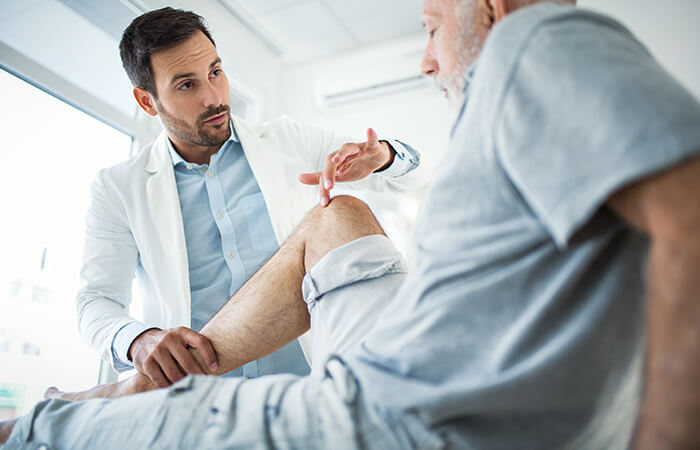With the frigid temperatures also comes the risk of cold-related injuries. While some people’s jobs require them to work in the cold, those who do not should stay indoors when the temperature drops to dangerous temperatures.
If you must be outdoors during frigid temperatures:
*According to the CDC, if you feel someone might have hypothermia:
Frostbite is caused by freezing and most often impacts the nose, ears, cheeks, chin, fingers, or toes. Symptoms of frostbite include: an area of white or grayish-yellow skin, skin that feels unusually firm or waxy, and numbness.
*According to the CDC, if you have signs of frostbite, but no sign of hypothermia and immediate medical care is not available:
Preparation is your best defense against these types of cold-weather injuries. Dress appropriately if you do need to venture out into the cold. Keep warm clothes and boots in your car, just in case it won’t start or breaks down.
Stay warm out there!
If you must be outdoors during frigid temperatures:
- Dress in layers and wear insulated clothing that allows for evaporation and minimal absorption of perspiration.
- Take breaks. Be sure to warm up inside when needed.
- Eat a balanced diet.
- Drink plenty of water to stay hydrated.
- Avoid alcohol.
Hypothermia
When exposed to cold temperatures, your body starts to lose heat faster than it can be produced. Long periods of exposure will eventually use up your body’s stored energy, which results in hypothermia. Hypothermia occurs when the body's core temperature falls below 98.6 degrees Fahrenheit. Warnings signs include: shivering, exhaustion, confusion, fumbling hands, memory loss, slurred speech and drowsiness.*According to the CDC, if you feel someone might have hypothermia:
- Get the person into a warm room or shelter.
- Remove any wet clothing.
- Warm the center of the body first — chest, neck, head, and groin — using an electric blanket, if available. Or use skin-to-skin contact under loose, dry layers of blankets, clothing, towels or sheets.
- Provide warm, nonalcoholic beverages to help increase the body temperature.
- Keep the person dry and wrapped in a warm blanket, including the head and neck, when his or her body temperature increases.
- Get medical attention as soon as possible.
Frostbite
Frostbite is caused by freezing and most often impacts the nose, ears, cheeks, chin, fingers, or toes. Symptoms of frostbite include: an area of white or grayish-yellow skin, skin that feels unusually firm or waxy, and numbness. *According to the CDC, if you have signs of frostbite, but no sign of hypothermia and immediate medical care is not available:
- Get into a warm room as soon as possible.
- Unless absolutely necessary, do not walk on frostbitten feet or toes—this increases the damage.
- Immerse the affected area in warm—not hot—water. (The temperature should be comfortable to the touch for unaffected parts of the body.) Or, warm the affected area using body heat. For example, the heat of an armpit can be used to warm frostbitten fingers.
- Do not rub the frostbitten area with snow or massage it at all. This can cause more damage.
- Don’t use a heating pad, heat lamp, or the heat of a stove, fireplace, or radiator for warming. Affected areas are numb and can be easily burned.
Preparation is your best defense against these types of cold-weather injuries. Dress appropriately if you do need to venture out into the cold. Keep warm clothes and boots in your car, just in case it won’t start or breaks down.
Stay warm out there!



